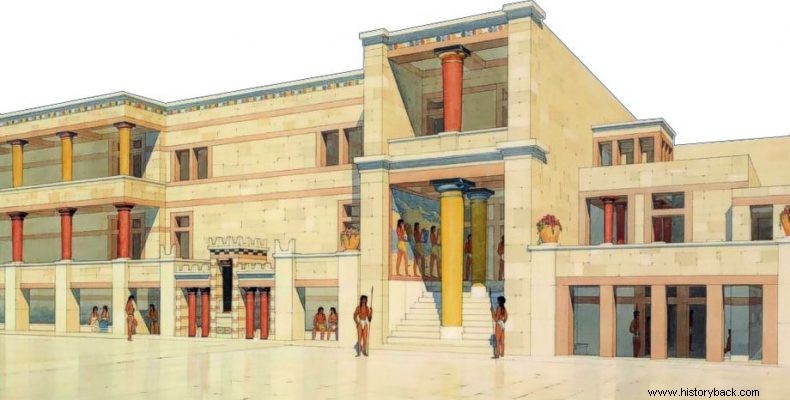
Little is known about the Minoan civilization that flourished in Crete 3500 years ago. To this day, the brilliant palaces of Knossos remind us of that early civilization, the first on European soil. With their fleet, the Minoans dominated the eastern Mediterranean, they were a strong trading power of the time and even used two writing systems, hieroglyphs and Linear A. This writing has hardly been deciphered due to the lack of sufficient finds.
However, it seems that it was syllabic, just like Linear B which was subsequently used for the Mycenaean Greek of the time. 70 such syllables, 100 symbols for specific words and numerous numerical symbols are known, as the Minoans made complex mathematical calculations.
A scripture full of riddles
In all probability the Minoans used a decimal system in trade and administration that has now been studied by researchers at the University of Bologna. Tens were marked with horizontal lines or dots, hundreds with circles, and thousands with circles surrounded by lines. The impressive thing is that the Minoans even used decimal fractions for their calculations and for recording quantities.
"Linear A includes 17 symbols that apparently meant fractions," write Michele Corazza and colleagues from the University of Bologna. These decimal fractions were represented by triangular or semicircular symbols completed with one or more dots. Science had already established this, but until now it had not been able to find the correspondence of symbols with specific fractions. The clay tablets that have survived are often fragmentary, and the correspondences have changed over time.
For each fraction a symbol
Finally researchers in Bologna managed to decipher the mathematical dimensions of these symbols by combining methods of linguistics, mathematics and archeology and comparing the material with the corresponding symbols of Egypt and Mesopotamia. They took as a starting point the hypothesis that simple division by two, the fraction ½, was the most frequent. "And that's because every fraction greater than ½ can be expressed as 1/2 + x," notes Michele Corazza. On this basis, the researchers then calculated the various combinations and the frequency of the fractions.
They thus produced a table, on which all the possible symbols of the fractions of Linear A were classified into specific numerical quantities. The painting was published in the Journal of Archaeological Science. One sees on the table semicircular symbols with a sequential number of lines for the fractions ¼, 1/5 or 1/20, 1/30 of a grain. The symbol for 1/10 resembles our T. Symbols up to the fraction 1/60 have been found. However, the fraction that most often appears on clay tablets is ½, which reminds us of our own J. The researchers from Bologna are optimistic that the combined method they used will one day lead to the decipherment of the entire enigmatic Linear A.
SOURCE:DW
